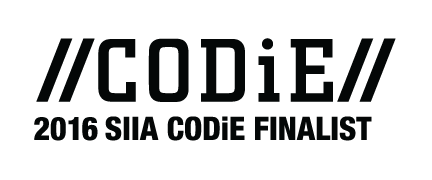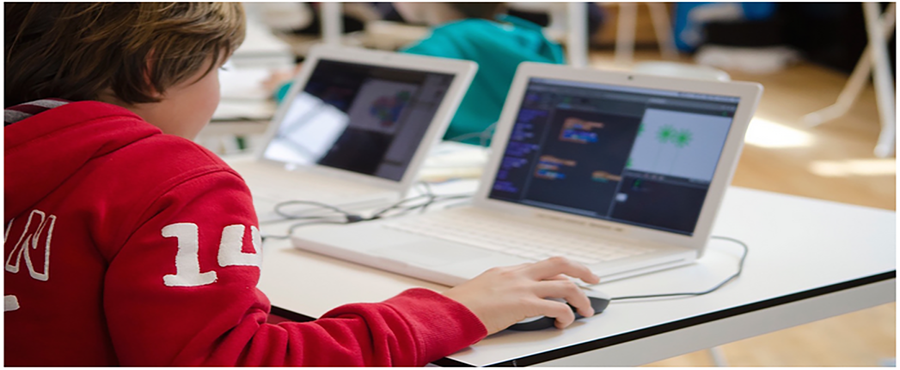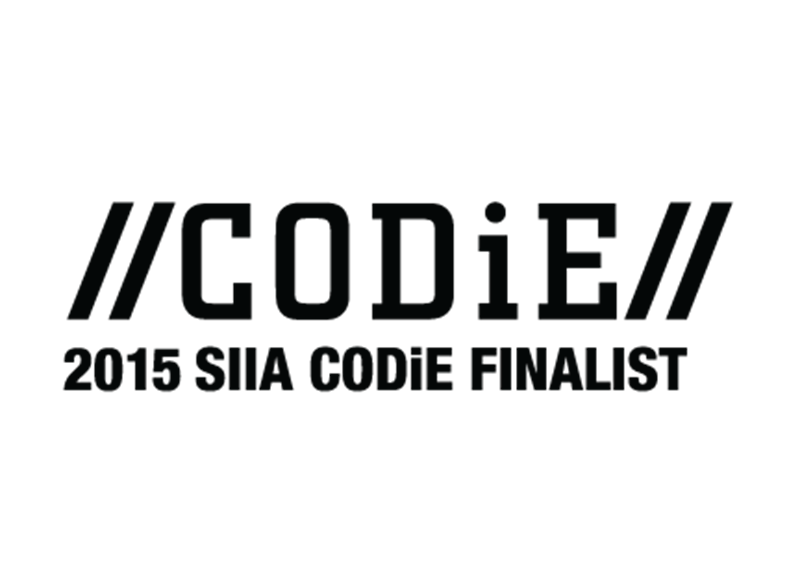Posted on August 31, 2015
Posted by Jan Snyder and Jennifer Maurer
As librarians, we feel privileged to have a very rich collection of Gale databases and eBooks at our fingertips to use with students and staff, at zero cost to us, through the Oregon State Library’s Statewide Database Licensing Program. This allows for statewide access to a wide range of vetted information, on unlimited topics, for use by our patrons. These same databases are available at K-16 throughout Oregon, as well as at public libraries, for use by all state residents. In talking with librarian friends across the country, we know that we enjoy a benefit not available in many states.
Funding for the statewide databases comes from a Library Services and Technology Act (LSTA) grant. Another grant project was initiated some 15 years ago, when members of the Oregon Association of School Libraries (OASL) and Oregon State Library staff shared concerns about access to information literacy resources for students and teachers, as the number of licensed school librarians employed across the state declined. OASL applied for a LSTA grant from the State Library to create OSLIS, or the Oregon School Library Information System, and that has become a continuing statewide project. In addition to offering information literacy resources and citation generators in MLA and APA formats, OSLIS serves as the K-12 access point for the statewide databases.
Having statewide central access to the databases provides consistency for students as they move from elementary to middle school and then high school. It also means that students and educators served by school library staff who are not familiar with how to link directly to databases still have access to statewide resources.
Read moreDriving Electronic Content Discovery and Usage: Collaboration – Part 1









